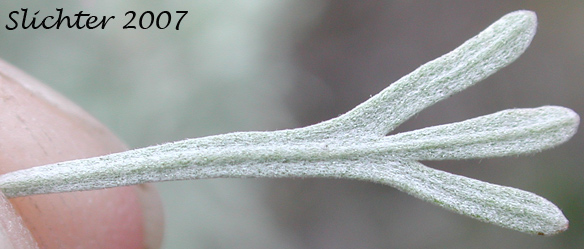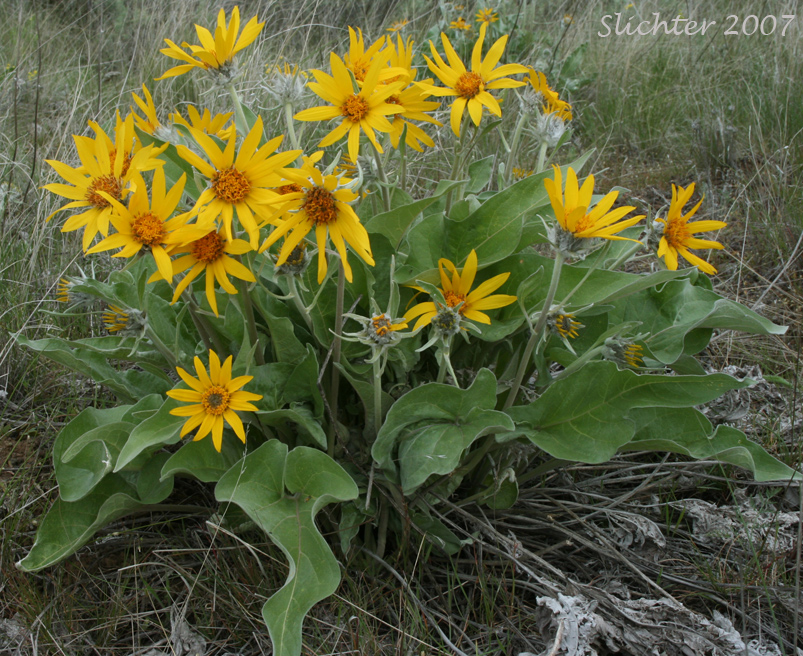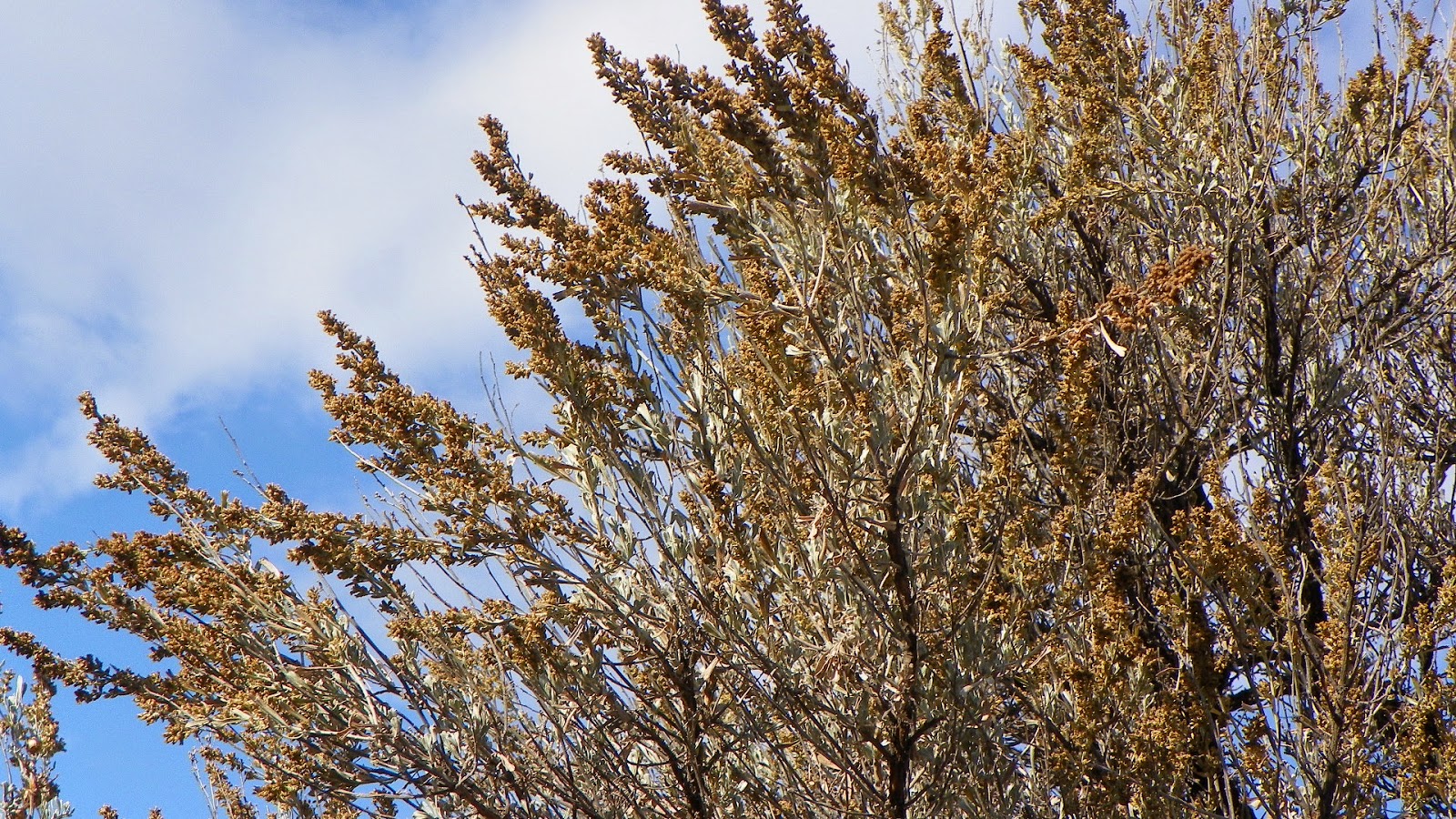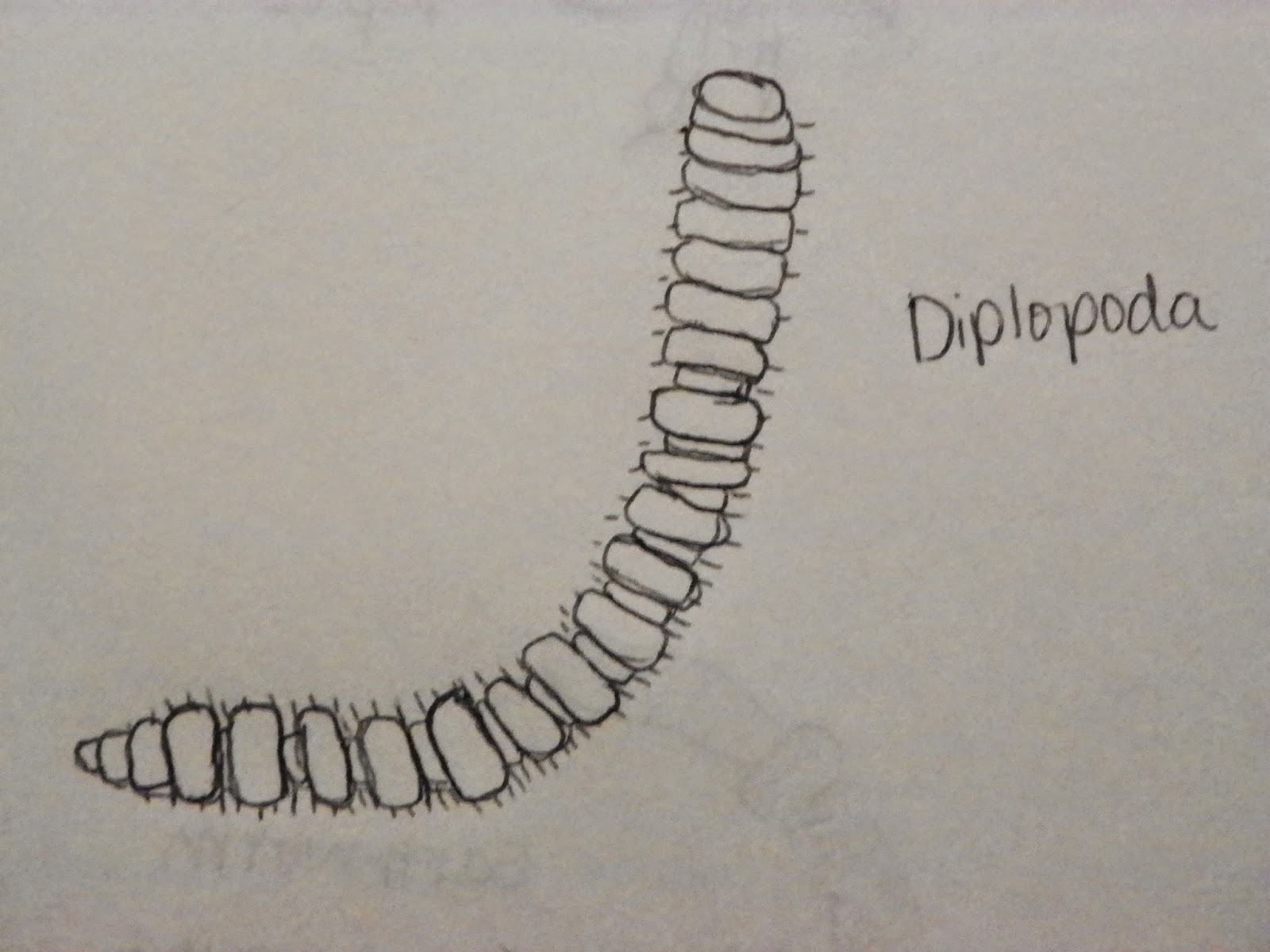Saturday, October 25th I went to the Cascade Foothills with my class! It was an exceptionally nice day since we were on the rain shadow side, and it only rained for a short amount of time. The trip was really fun, and I discovered some creatures up close that I have never had a chance to see, and they were literally a couple feet in front of me! My favorite parts of this trip were the landscapes, Sean freaking out when he saw the rattlesnake, and slowly traversing a hill that I thought I was going to fall down. The best part of all was being in nature with friends and going someplace new.
This is the first place we came to, the Yakima Canyon! It had some really nice hills, and although the landscape looks a little dry it supports a ton of plant life and animals. It reminds me of going hunting with my dad in Yakima for doves. When I was little I used to go on hunting trips with him every year right before school started in places that looked just like this because the doves like the plants, and it's relatively warm and dry. I recognized a lot of the plants for going on those trips with my dad, and now I even know what they are called.
This is a tall Oregon grape! It has multiple skinny veins on the underside instead of three prominent veins like the dull Oregon grape. It also had a more waxy exterior that the "dull" grape. This was growing near the water at the beginning of the Yakima Canyon. They definitely like the wetter conditions.
Here's a closer look at the leaves of the tall Oregon Grape, so cute
This is rabbit brush. It isn't as yellow as it would be in the spring, but it still has its flowers attached. This was pretty much growing everywhere in the Yakima Canyon. I think it is adapted well to the dry conditions because it can survive through the hot summers.
A view by the train tracks on which a train later came by on, interrupting Tim!
More rabbit brush...
Rabbit brush with a few yellow flowers still going strong.
A nice view of some aspen trees.
Tall Sagebrush. Along with rabbit brush, this was also growing everywhere. It s a very well adapted plant which has an intricate root system and unique characteristics to weather the cold. It has a two root system which has some shallow roots that soak up the water from the surface of the ground, and some deep roots for stability and more nutrients. The plant is adapted to weather the extreme cold by its closely growing branches, it can weather the dry sun by having deep roots to extract water, and avoid getting scorched by not having broad leaves.
Sagebrush leaves! You can see how they are close together, and look kind of fuzzy.
This is an example of the tall sagebrush leaf. It is obviously very small which helps it stay safe in the sun or cold. It has a layer of fuzz which creates an air pocket when the wind hits it. The three distinct lobes help us identify it.
This is a dead, baby western rattlesnake that we found in the Yakima Canyon. It was probably three feet long, and it looked as if something stepped on him because he was in good shape despite the natural deterioration of the body. He was so cute, with this tiny head and small rattle. The pattern is very distinct which helps identify that it is a western rattle snake.

Look at the rattle! We inferred that the noise it is able to make is because of loose cartilage inside of the rattle.

Look at the rattle! We inferred that the noise it is able to make is because of loose cartilage inside of the rattle.
Here, Tim is prying his mouth open so we can see the fang. I'm glad he was just a baby because I hear that they can grow huge. Adam is also looking very intense in the background.
This is seriously the coolest spider I've ever seen. The Tiger Spider is what most closely resembles anything that I could find, but I don't know if that is exactly what it is. The abdomen is larger than some pictures of other tiger spiders, but it definitely could be one. The orange and black legs are very distinct, and the body is beautiful.
We caught a beautiful sparrow!! After trying to lure one in for a while, this guy finally got curious enough to go into our net. Tim said that in the Spring time, they are much more aggressive because of it being mating season. I don't that the fall is normal for them to hear someone trying to take over a territory, so they weren't giving in to the bird calls at first. But with persistence, this sparrow was lured in by playing the sound bite repeatedly. I was really surprised that we caught one, and that Tim was actually going to hold a wild sparrow for us to look at. I would have been terrified that he was going to peck me.
The claws look pretty sharp!
So cute!
The sparrow was getting nervous and shedding some feathers. This is what they do to get away from predators.
We wouldn't have been able to lure it in without the help of Angela's bird recordings, and of course BOB!
After the Yakima Canyon, we came to the Umtanum Ridge, where we looked for horned lizards and scorpions. We found neither but we did find some sagebrush, balsamroot, and time desert buckwheat! I don't have pictures from our second destination, so I just pulled some up here from the web. The plants here make up a "lithosol community" opposed to the shrub-steppe we are used to. These kind of shrubs are the kind that deer and elk are pretty fond of.
This is what Time Desert Buckwheat looks like. It didn't have the flowers, as the weather is turning cold.

This is Rigid Sagebrush. You can tell the difference because the lobes are much more defined than the tall sagebrush. Both of these shrubs were growing very near to the ground, probably adapted to the cold temperatures and windy weather.

We also saw some balsamroot, again just the leaves. Tim wasn't 100% sure that what we saw was this plant, but we think it was.
After going to Umtanum Ridge, we went to a Ponderosa Pine Forest. I enjoyed this place the most, it had a lot of cool views, bright trees, and a beautiful waterfall at the end of our hike. I only saw one creature, but I'm sure there could be more. One of the prettiest sites, which is photographed here is the quaking aspen against the plain background. Aspen changes into many shades of orange, pink, red, and yellow in the fall.
Ponderosa Pine
Identifiable by its three needles per shaft!
Quaking Aspen
Quaking Aspen up close!
I think that this is a Douglas Maple. It know that it isn't Vine Maple of Bigleaf, so I'm assuming.
This is a Great Mullein. In springtime there will be yellow flowers on each of the buds. I think this plant is really cool how it grows up instead of out. It is not a very aggressive species, and it likes a lot of sunlight. This plant can be home to many insects, and is used for its herbal remedies.
Wooly Bear Caterpillar
Nootka Rose (Rosa Nootkana)
Wolf Lichen. I learned that this can be poisonous to mammals, and that Indians used to use wolf lichen for dyes.
Columnar Basalt. I learned that this is a result of lava cooling. The size of columns depends of how fast the lava cooled, so looking at these, I think the lava cooled relatively slowly. The fastest cooling lava can result in columns that are one centimeter, and these were at least one foot in width.
This was where we ended up in the Ponderosa Forest. The rock formations on the sides are generally in the shape of hexagons, but can have a variety in numbers of sides.
The bros! Aiden, Sean, and Aaron
This is the conclusion of my Cascade foothills field trip. I saw such amazing parts of nature, and things that we don't see everyday. I have a new appreciation for dry climates, because now I know how beautiful they are when examined more closely. The waterfall was the perfect ending to the trip because running water is always a sign of vitality. I thought the columnar basalts were very cool, and it is amazing the think that they can form naturally like that. This trip was overall, a great way to experience a different environmental landscape only a few hours away from home.













































